
Can You Master ITIL® 4 Foundation in Just 2 Weeks with ScholarAcad?
- Thu 23, Oct 2025

In today's rapidly evolving digital landscape, maintaining organizational compliance is a top priority for businesses across various industries. Enter COBIT (Control Objectives for Information and Related Technologies), a framework that enables organizations to effectively govern and manage their IT environments. With its comprehensive and globally recognized best practices, COBIT certifications are becoming essential for professionals looking to enhance their skills and boost their career prospects.
In this article, we will explore the power of COBIT certifications and how they can elevate an organization's compliance efforts. By attaining COBIT certifications, professionals can gain a deep understanding of IT governance, risk management, and control objectives, enabling them to effectively evaluate and enhance organizational compliance. Whether you are an IT professional seeking to strengthen your skillset or an organization aiming to align with industry standards, this article will delve into how COBIT certifications can drive success and ensure adherence to regulatory requirements.
Join us as we uncover the true power of COBIT and how these certifications can empower individuals and organizations to navigate the complex world of compliance with confidence.
In today's highly regulated business environment, certifications play a crucial role in ensuring compliance. Organizations are under increasing pressure to meet regulatory requirements, protect sensitive data, and mitigate risks. Certifications provide professionals with the knowledge and skills necessary to navigate these challenges, making them invaluable assets to any organization.
COBIT certifications, in particular, are highly regarded in the industry due to their focus on IT governance, risk management, and control objectives. By obtaining these certifications, professionals demonstrate their commitment to excellence and their ability to effectively manage and govern IT environments. This not only enhances their individual skillset but also positively impacts the organization's compliance efforts.
Certifications serve as proof of competence, giving professionals the credibility and confidence needed to excel in their roles. They provide a standardized framework that ensures individuals possess the necessary knowledge and expertise to meet regulatory requirements. With the ever-increasing complexity of compliance, certifications are becoming a prerequisite for professionals seeking advancement in their careers and organizations striving to stay ahead of the curve.
COBIT certifications offer a comprehensive and structured approach to IT governance, risk management, and control objectives. Developed by ISACA (Information Systems Audit and Control Association), COBIT provides a globally recognized framework that helps organizations align their IT strategies with their business goals.
There are several COBIT certifications available, each targeting specific aspects of IT governance. These certifications include:
1. COBIT 2019 Foundation: This entry-level certification provides an understanding of the COBIT framework, its principles, and the importance of IT governance and management.
2. COBIT 2019 Design and Implementation: This certification focuses on the practical application of COBIT, equipping professionals with the skills to design and implement effective governance systems.
3. COBIT 2019 Assessor: This certification enables professionals to assess an organization's ability to meet compliance requirements and identify areas for improvement.
4. COBIT 2019 Implementation: This certification focuses on the practical implementation of COBIT, providing professionals with the knowledge and skills to effectively govern and manage IT processes.
Each certification builds upon the previous one, allowing professionals to progress and specialize in specific areas of IT governance. COBIT certifications provide a structured and comprehensive approach to IT governance, making them highly sought after in the industry.
COBIT certifications offer numerous benefits for organizations looking to enhance their compliance efforts. These certifications provide a standardized approach to IT governance, risk management, and control objectives, ensuring consistency and alignment with industry best practices. Let's explore some of the key benefits of COBIT certifications:
1. Enhanced Compliance: COBIT certifications equip professionals with the knowledge and skills to effectively evaluate and enhance organizational compliance. By understanding the control objectives and best practices outlined in the COBIT framework, professionals can identify gaps and implement necessary controls to ensure compliance with regulatory requirements.
2. Improved Risk Management: COBIT certifications provide professionals with a deep understanding of risk management principles and techniques. This enables organizations to proactively identify and mitigate risks, reducing the potential for compliance breaches and costly penalties.
3. Streamlined Processes: COBIT certifications promote the adoption of standardized processes and controls, improving operational efficiency and reducing the likelihood of errors or omissions. By implementing the COBIT framework, organizations can streamline their IT governance practices, ensuring consistent and effective management of IT processes.
4. Increased Stakeholder Confidence: COBIT certifications demonstrate an organization's commitment to excellence and adherence to industry best practices. This instills confidence in stakeholders, including clients, partners, and regulatory bodies, showcasing the organization's dedication to maintaining high standards of compliance and data security.
5. Competitive Advantage: In today's competitive business landscape, having certified professionals sets organizations apart from their competitors. COBIT certifications validate the expertise and competence of professionals, giving organizations a competitive edge when seeking new clients or partnerships.
COBIT certifications offer a wide range of benefits for organizations, enabling them to enhance compliance efforts, mitigate risks, streamline processes, and gain a competitive advantage in the market.
COBIT certifications are specifically designed to enhance organizational compliance by providing professionals with a comprehensive understanding of IT governance, risk management, and control objectives. Let's delve into how these certifications can elevate an organization's compliance efforts:
1. Deep Understanding of IT Governance: COBIT certifications provide professionals with a holistic view of IT governance, enabling them to align IT strategies with business objectives. This ensures that IT initiatives support organizational goals while remaining compliant with regulatory requirements.
2. Effective Risk Management: COBIT certifications equip professionals with the knowledge and skills to identify, assess, and mitigate risks effectively. By implementing the risk management principles learned through COBIT certifications, organizations can minimize the potential for compliance breaches and associated penalties.
3. Robust Control Framework: The COBIT framework provides a robust control framework that helps organizations establish and maintain effective controls. COBIT certifications enable professionals to understand the control objectives outlined in the framework, allowing them to implement necessary controls to ensure compliance.
4. Continuous Improvement: COBIT certifications emphasize the importance of continuous improvement and monitoring of IT processes. By regularly assessing and evaluating compliance efforts, organizations can identify areas for improvement and implement corrective actions to enhance compliance.
5. Alignment with Regulatory Requirements: COBIT certifications ensure that professionals are well-versed in the regulatory requirements applicable to their industry. This knowledge enables organizations to align their processes and controls with these requirements, minimizing the risk of non-compliance.
By attaining COBIT certifications, professionals gain the knowledge and skills necessary to evaluate, enhance, and maintain organizational compliance. These certifications provide a comprehensive framework that enables professionals to navigate the complex world of compliance with confidence.
Obtaining COBIT certifications involves a structured process that includes several steps. Let's explore the typical pathway to obtaining these certifications:
1. Research and Choose the Right Certification: Start by researching the different COBIT certifications available and determine which one aligns with your career goals and interests. Consider your current skillset and the specific areas of IT governance you wish to specialize in.
2. Prepare for the Exam: Once you have chosen the appropriate COBIT certification, it's time to start preparing for the exam. Familiarize yourself with the COBIT framework, study the relevant materials, and consider enrolling in a training course or workshop to enhance your understanding.
3. Practice and Review: Practice exam questions and review the COBIT framework extensively. Take advantage of online resources, study guides, and practice exams to assess your knowledge and identify areas that require further attention.
4. Schedule and Take the Exam: Once you feel confident in your preparation, schedule your COBIT exam. Ensure you understand the exam requirements, format, and any additional prerequisites. On the day of the exam, approach it with confidence and focus, applying the knowledge and skills you have acquired through your preparation.
5. Maintain and Renew: After successfully obtaining your COBIT certification, it's important to maintain and renew it regularly. Stay updated with the latest developments in IT governance and participate in continuing education programs to ensure your knowledge remains current.
By following these steps, you can obtain COBIT certifications and enhance your professional credentials in the field of IT governance, risk management, and control objectives.
Numerous organizations have successfully leveraged COBIT certifications to enhance their compliance efforts and achieve greater efficiency in IT governance. Let's explore some success stories:
1. Company A: Company A, a financial institution, implemented the COBIT framework and encouraged its IT professionals to pursue COBIT certifications. By aligning their IT governance practices with industry best practices outlined in COBIT, Company A was able to enhance compliance, improve risk management, and streamline their IT processes. The COBIT certifications obtained by their IT professionals demonstrated their commitment to excellence, boosting stakeholder confidence and enabling them to secure new clients.
2. Company B: Company B, a healthcare organization, recognized the need to enhance their compliance efforts in light of increasing regulatory requirements. They decided to implement the COBIT framework and encouraged their IT team to obtain COBIT certifications. Through the knowledge and skills gained from these certifications, Company B was able to establish a robust control framework, align their IT strategies with business goals, and ensure compliance with healthcare regulations. The COBIT certifications obtained by their IT team played a crucial role in successfully navigating compliance audits and securing patient trust.
While COBIT certifications offer comprehensive coverage of IT governance, risk management, and control objectives, there are other certifications that can complement and enhance an organization's compliance efforts. Let's explore some certifications that work well in conjunction with COBIT:
1. CISA (Certified Information Systems Auditor): The CISA certification focuses on auditing, control, and security of information systems. By obtaining both COBIT and CISA certifications, professionals gain a comprehensive understanding of IT governance, risk management, and control objectives, as well as specialized knowledge in auditing and security.
2. CISSP (Certified Information Systems Security Professional): The CISSP certification focuses on information security, covering topics such as access control, cryptography, and security architecture. When combined with COBIT certifications, professionals possess a well-rounded skillset that encompasses IT governance, risk management, control objectives, and information security.
3. ISO 27001 Lead Auditor: The ISO 27001 Lead Auditor certification provides professionals with the knowledge and skills to effectively audit and assess an organization's information security management system. When combined with COBIT certifications, organizations can ensure compliance with industry standards and regulatory requirements.
By obtaining these complementary certifications alongside COBIT, professionals and organizations can enhance their compliance efforts, strengthen their skillsets, and demonstrate a comprehensive approach to IT governance and risk management.
Preparing for COBIT certifications requires thorough study and practice. Fortunately, there are several resources available to aid your preparation. Here are some recommended resources:
1. Official COBIT Publications: ISACA, the organization behind COBIT, offers official publications that cover the COBIT framework, principles, and best practices. These publications provide a comprehensive understanding of COBIT and serve as essential study materials for COBIT certifications.
2. Training Courses and Workshops: Consider enrolling in training courses and workshops offered by reputable training providers. These courses provide structured learning experiences, hands-on exercises, and guidance from experienced instructors, enhancing your understanding of COBIT and preparing you for the certification exams.
3. Practice Exams: Practice exams are an excellent way to assess your knowledge and identify areas that require further preparation. Many online platforms offer practice exams specifically designed for COBIT certifications, allowing you to simulate the exam experience and measure your readiness.
4. Study Groups and Forums: Joining study groups or participating in online forums can provide valuable insights and support from fellow professionals preparing for COBIT certifications. Engaging in discussions, sharing resources, and seeking clarification on complex topics can enhance your understanding and boost your confidence.
Remember, thorough preparation is key to successfully obtaining COBIT certifications. Utilize these resources to enhance your knowledge and readiness for the certification exams.
In today's complex and rapidly evolving digital landscape, maintaining organizational compliance is crucial for businesses across industries. COBIT certifications offer professionals and organizations a powerful tool to enhance compliance efforts, improve risk management, and streamline IT governance practices.
By obtaining COBIT certifications, professionals gain a deep understanding of IT governance, risk management, and control objectives, enabling them to effectively evaluate and enhance organizational compliance. These certifications provide a standardized framework that ensures individuals possess the necessary knowledge and expertise to meet regulatory requirements.
Organizations that leverage COBIT certifications benefit from enhanced compliance, improved risk management, streamlined processes, increased stakeholder confidence, and a competitive advantage in the market. These certifications empower professionals and organizations to navigate the complex world of compliance with confidence, ensuring adherence to regulatory requirements and industry best practices.
Unlock the true power of COBIT certifications and propel your career and organization to new heights of compliance excellence.








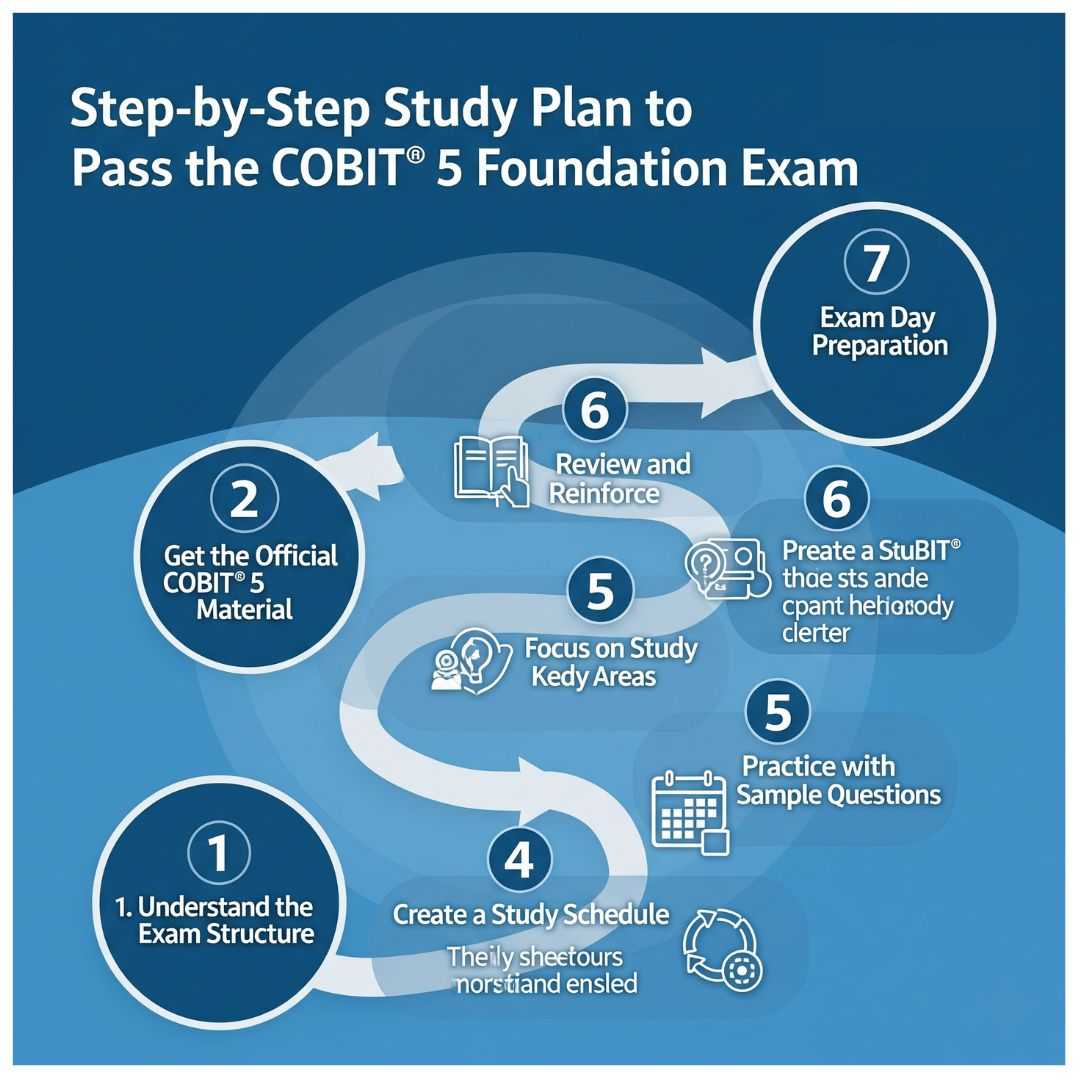

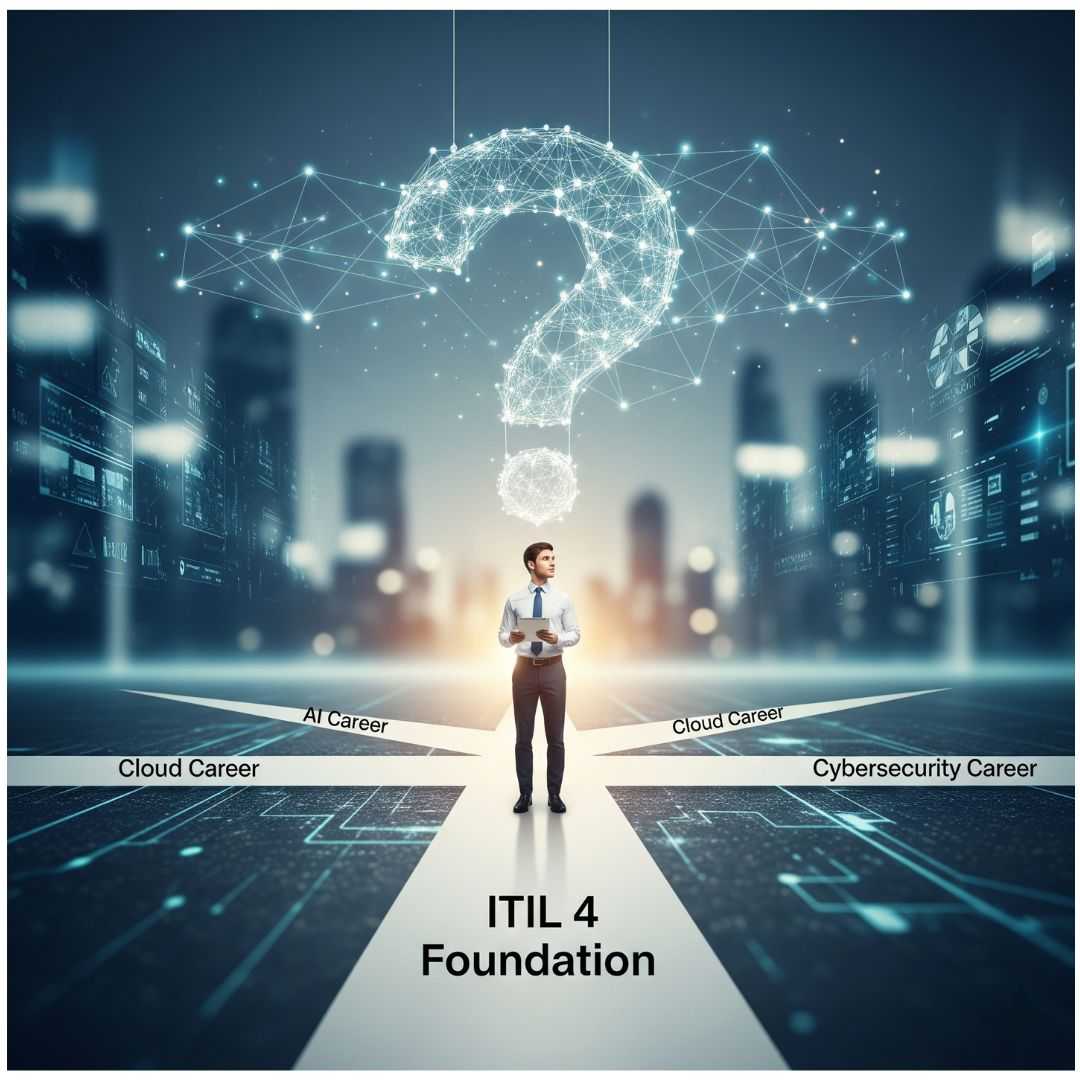
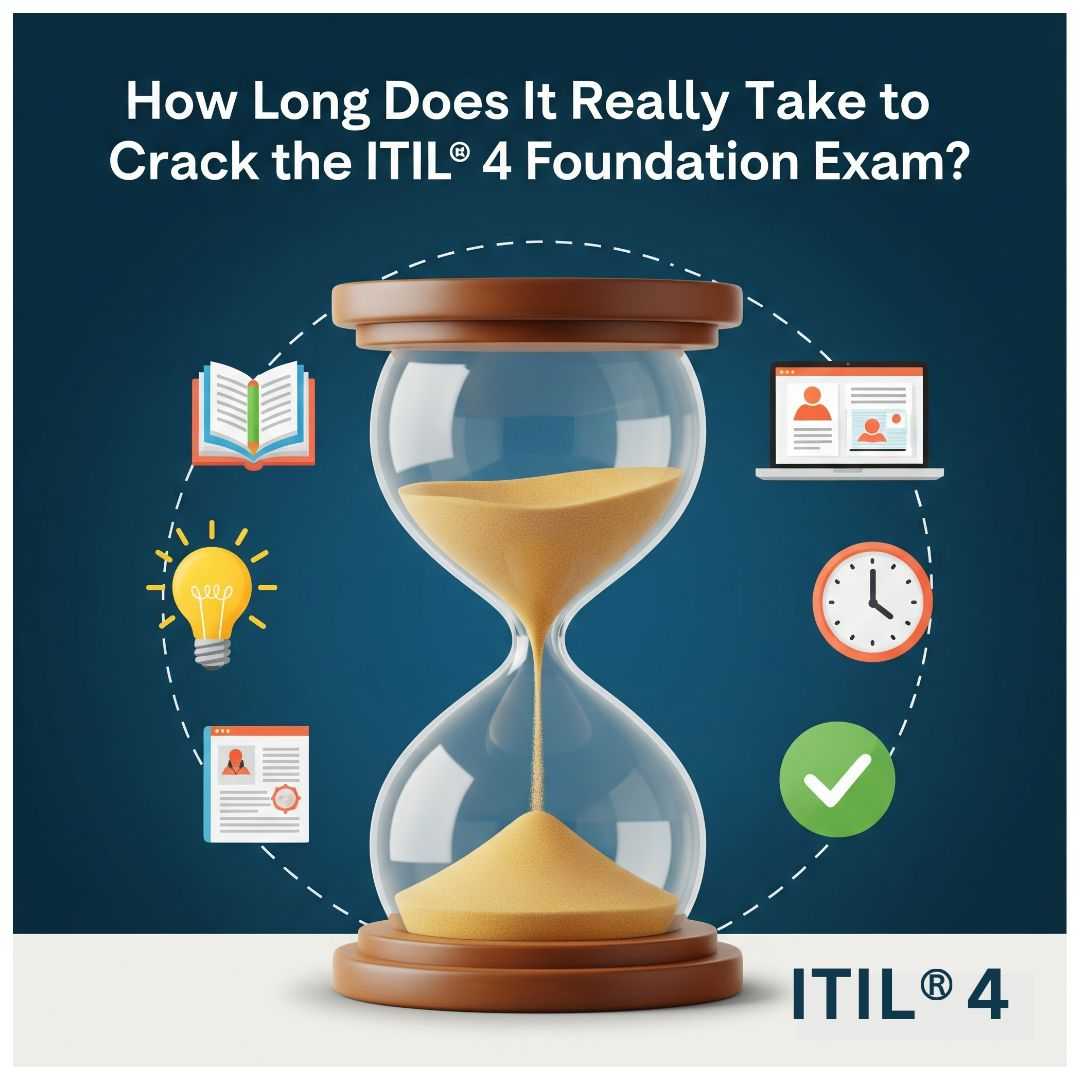
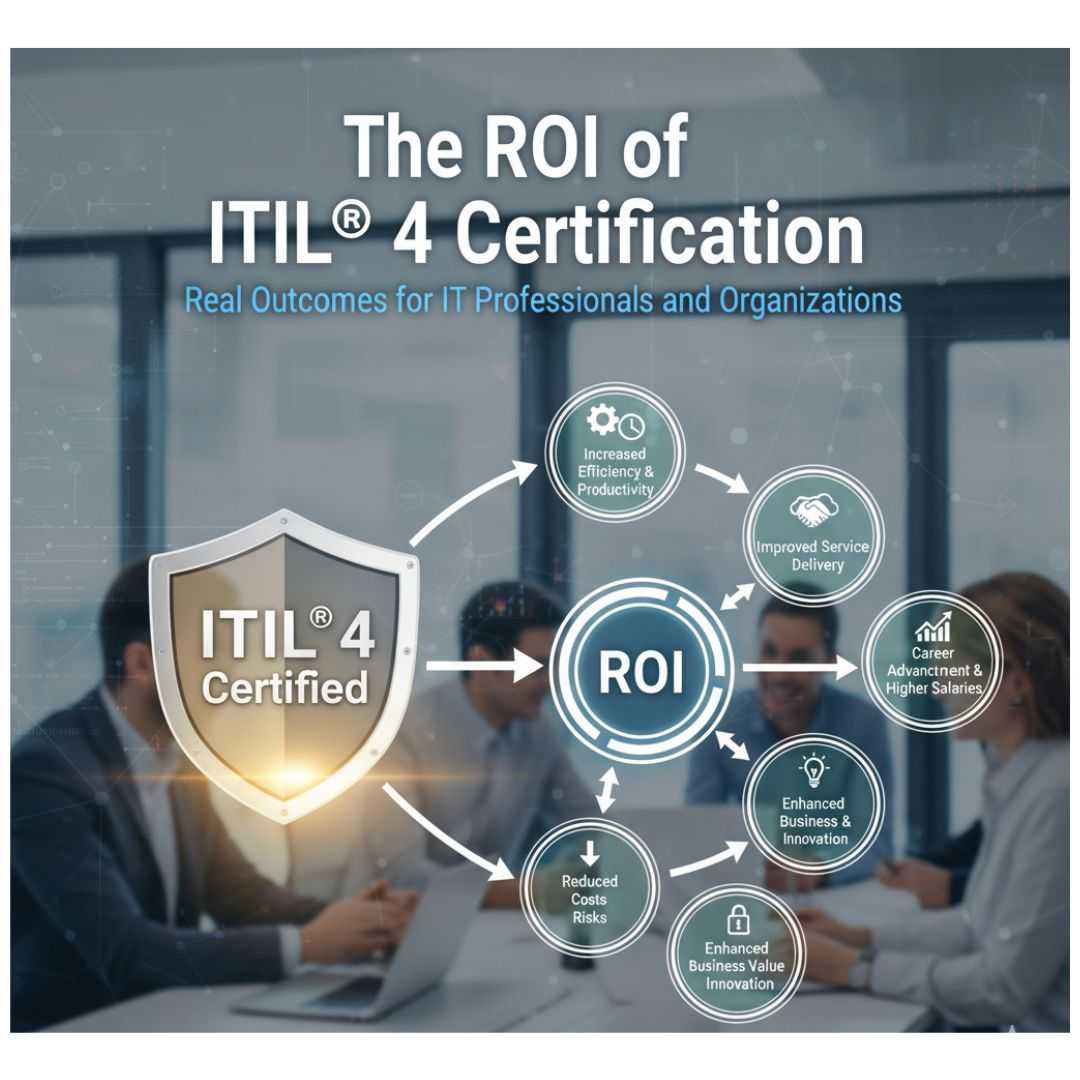





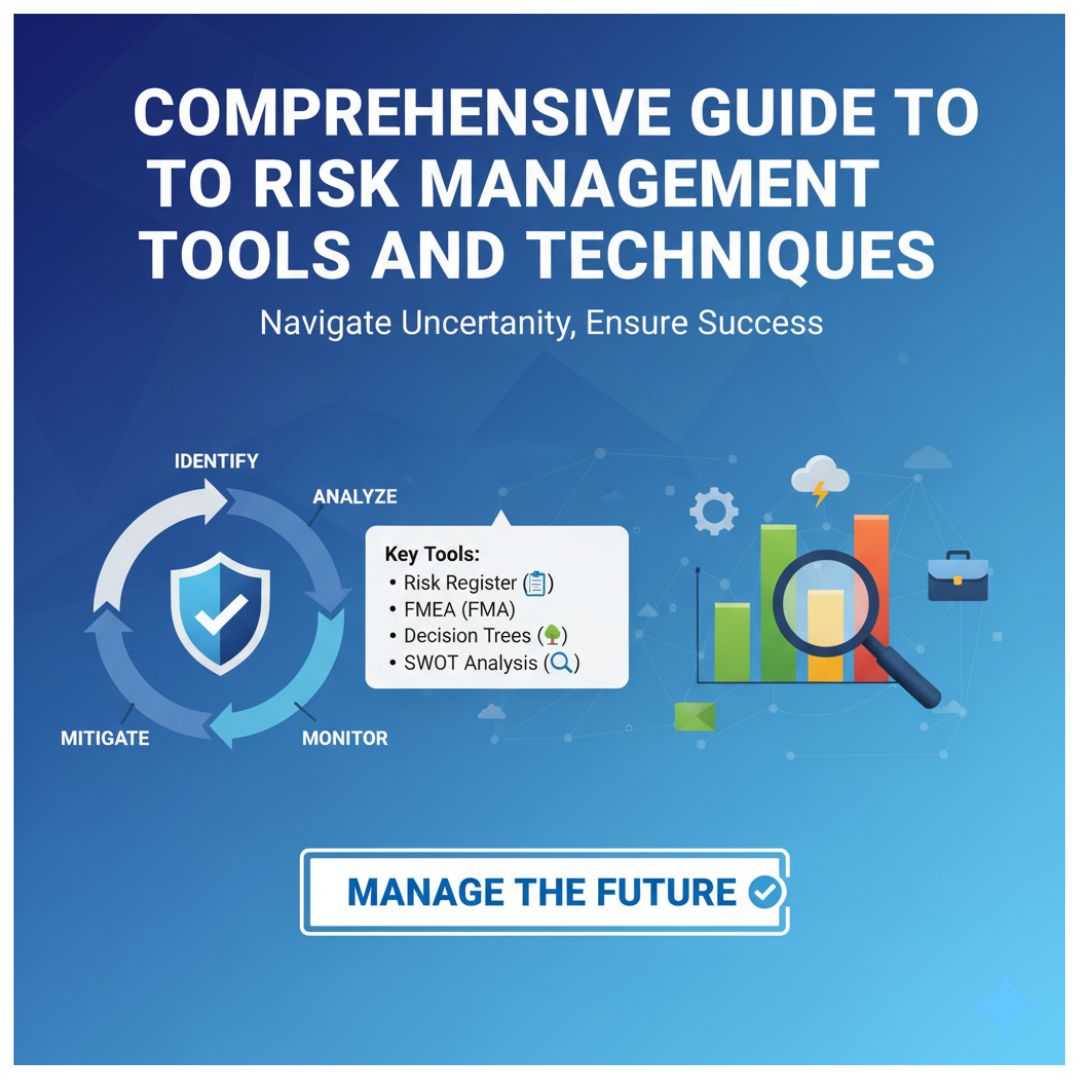










_1756885658_5bde5ece2b6f0dab9403.jpg)






_1756789434_e9e0aac798c1162538f6.jpg)























































_1718198115_3e80b2ee31b234c26728.png)




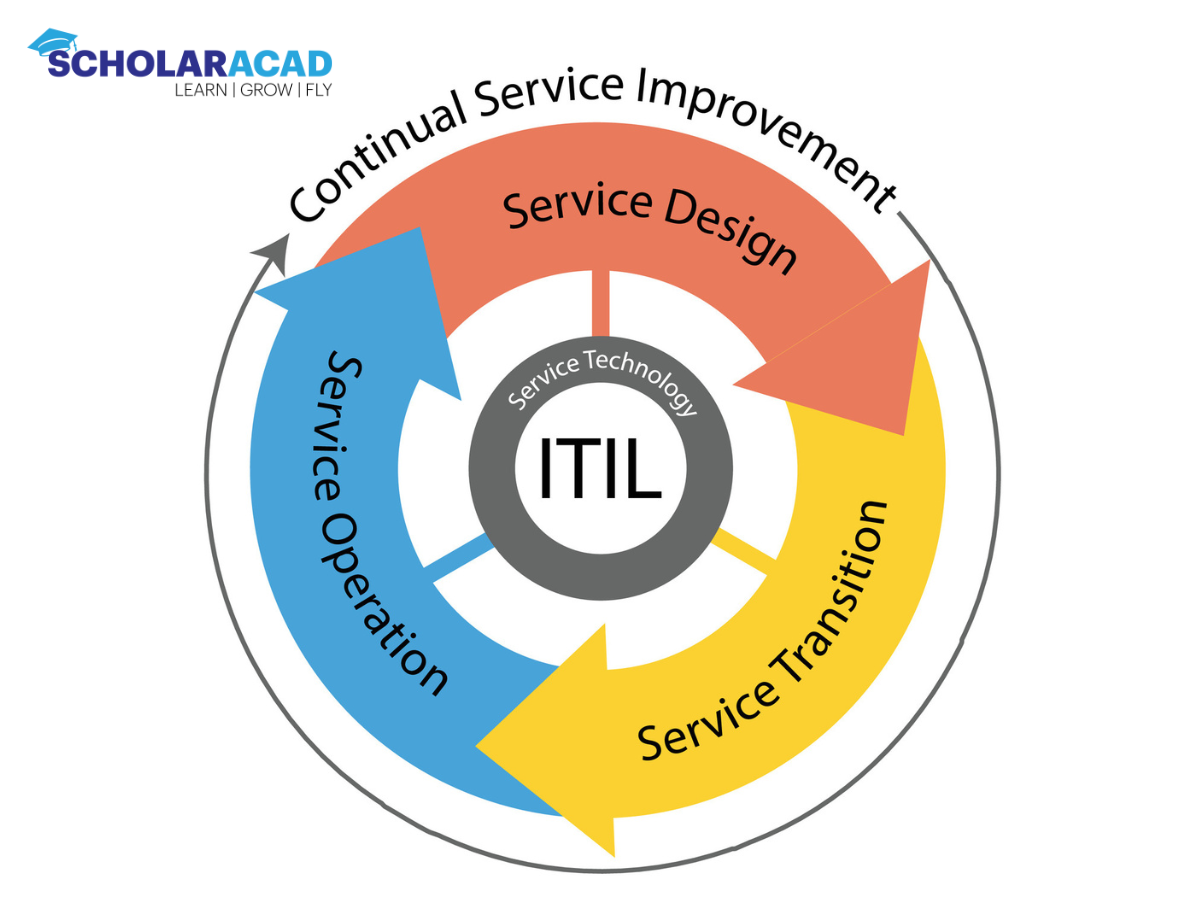





_1715671737_078967910384216bd6b3.jpg)









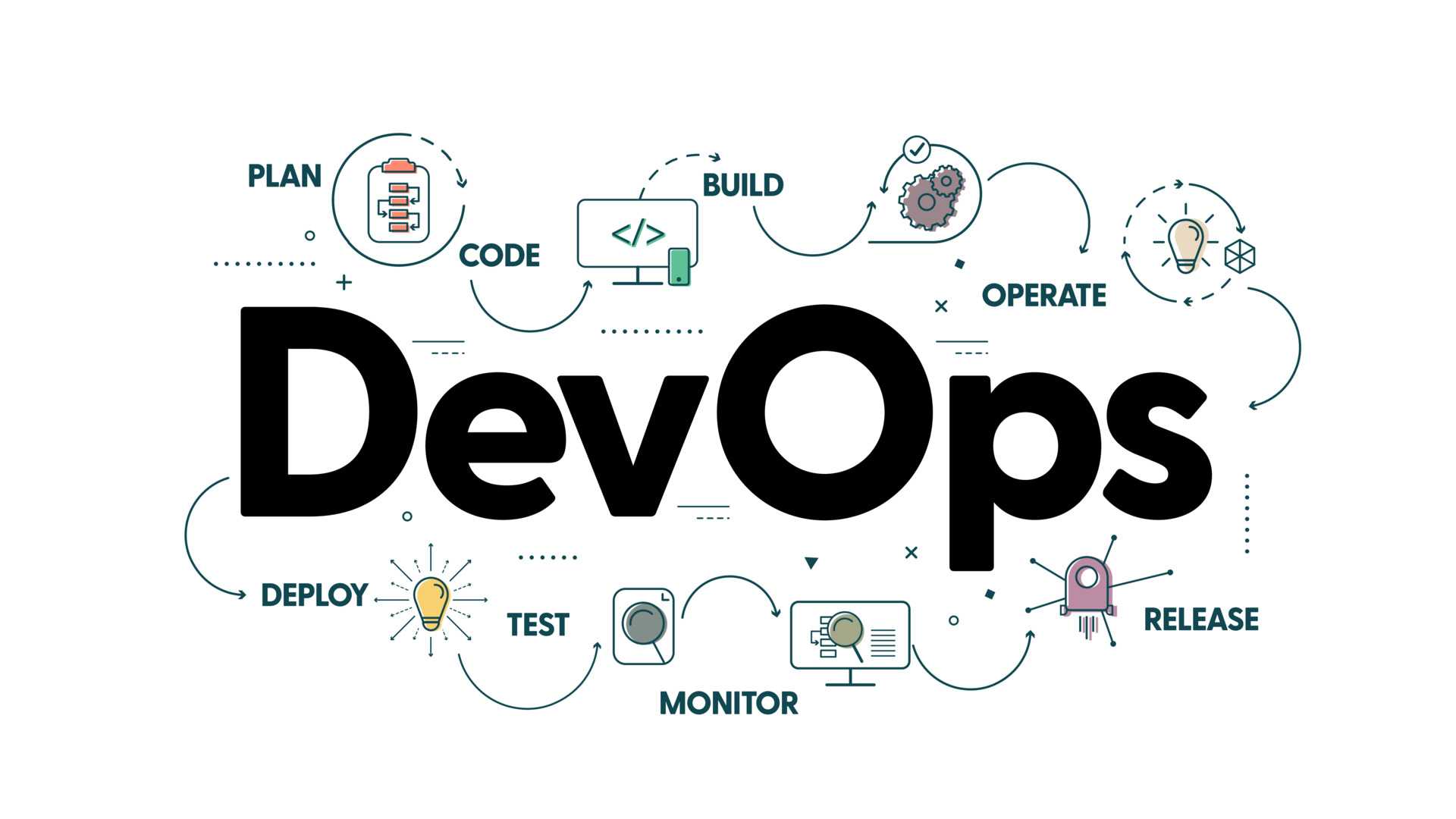



_1712044840_c07a78ec6a0a9aaf68f2.jpg)


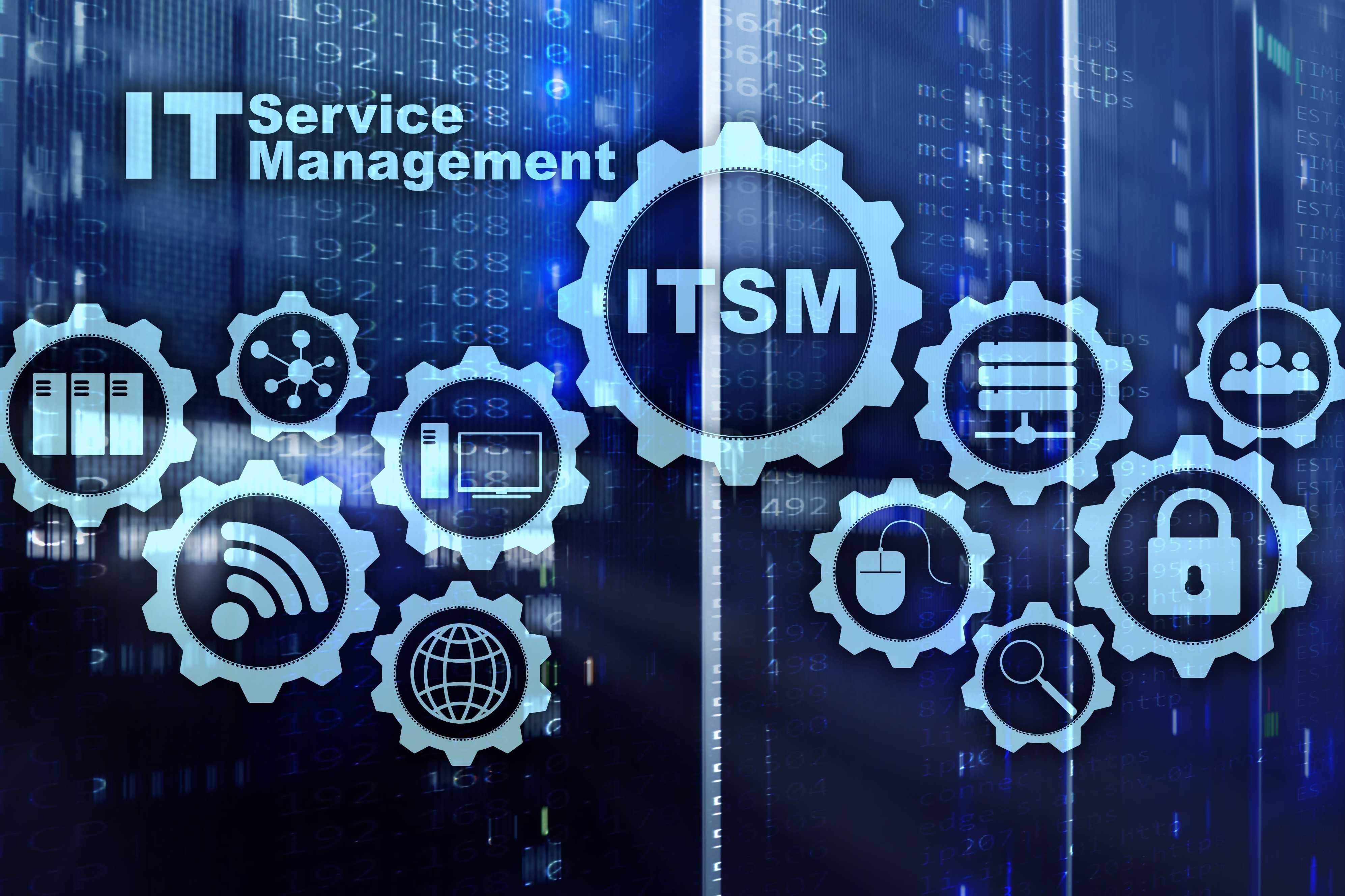

_1701798801_c3b578871fef398593a2.jpg)






Copyright © 2025. All rights reserved by Scholaracad
